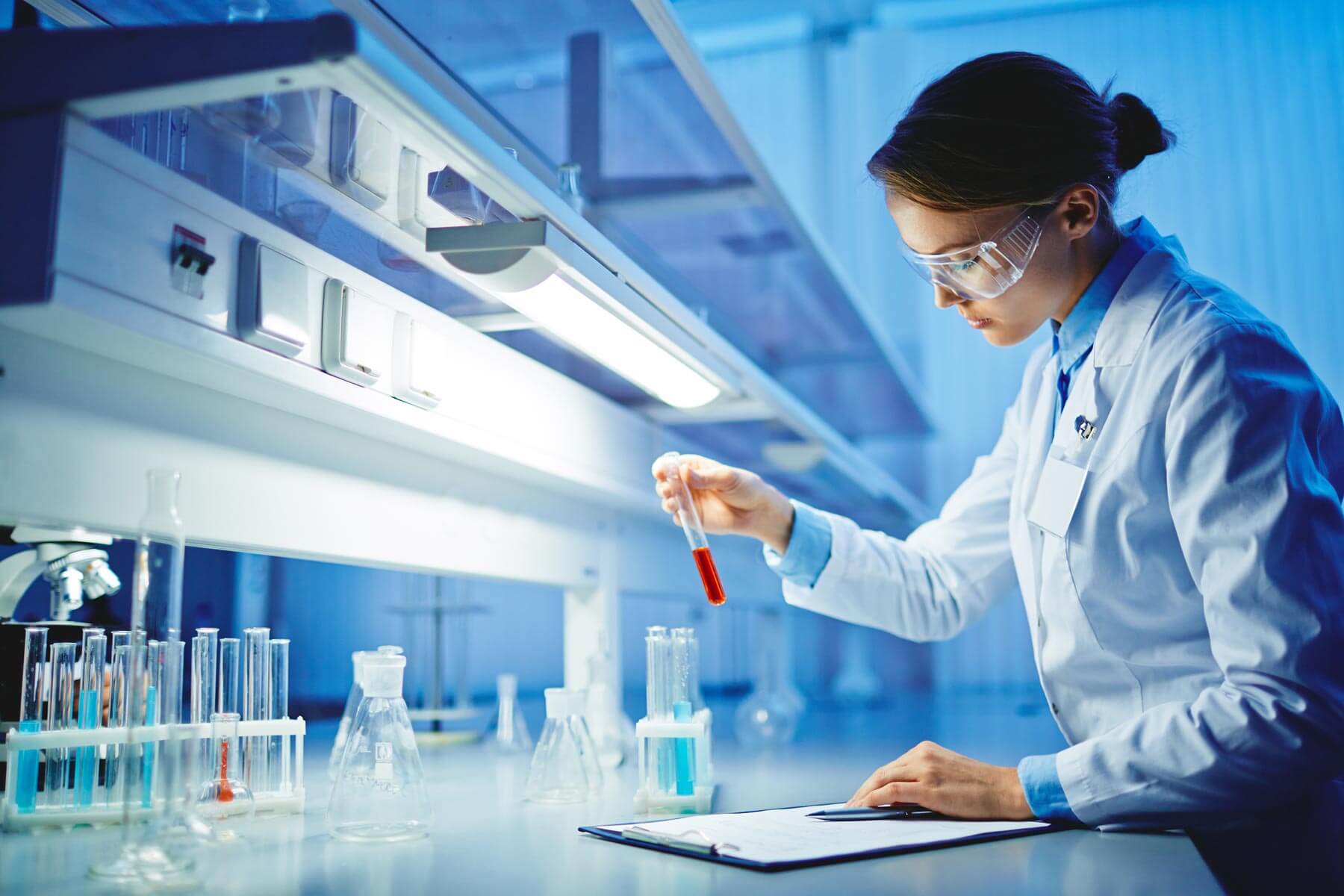What is Liquid Membrane Extraction?
Liquid membrane extraction is also called liquid membrane separation
Liquid membrane technology is a new type of membrane separation method that is fast, efficient, and energy-saving.
Due to the shortcomings of low selectivity and low flux of solid membranes, people try to change the state of solid polymer membranes to make the diffusion coefficient of the membrane larger and the thickness of the membrane smaller, so as to increase the permeation speed and realize the biological membrane. Highly selective for live applications.
Liquid film extraction uses a liquid film as a separation medium, separates two liquids I and II that are mutually dissolved and composed of different liquids, and uses the concentration difference as the driving force to use the difference in the dissolution of each component in the liquid film = diffusivity, so as to achieve For the purpose of separation, the mass transfer can also be promoted by adding a carrier to the liquid membrane and utilizing the reversible complex (chemical) reaction between the component and the carrier.
In the 1960s, liquid membrane separation technology has been developed. Liquid membrane separation technology is widely used in environmental protection, petrochemical, metallurgical industry, pharmaceutical industry, biology, seawater desalination, and other fields.
The principle of liquid film extraction
Like solvent extraction, liquid membrane separation consists of two steps: extraction and back-extraction. However, the extraction and back-extraction in solvent extraction are carried out step by step, and the coupling between them is realized by external equipment (pumps and pipelines, etc.) The extraction and back-extraction in the liquid-membrane separation process take place on both sides of the liquid-membrane interface respectively. The extraction and back-extraction are carried out at the same time. Stripping is carried out in the receiving phase, and the extraction and stripping are done in one stage, thereby achieving an “inner coupling” of extraction and stripping.
The “internal coupling” method of liquid membrane mass transfer breaks the inherent chemical equilibrium of solvent extraction, so the liquid membrane separation process is a non-equilibrium mass transfer process. Liquid membrane separation also combines the advantages of effectively removing matrix interference during dialysis, so liquid membrane can achieve dual effects of separation and concentration.
The difference between liquid film extraction and solvent extraction
Compared with traditional solvent extraction, liquid membrane extraction has the following three characteristics:
- The mass transfer driving force is large, and the required separation stages are small.
- Reagent consumption is small.
- Solutes can migrate against the concentration gradient.
Features of Liquid Membrane Extraction
- Liquid membrane separation is a non-equilibrium mass transfer process, extraction and back-extraction can be carried out at the same time to achieve separation and concentration at the same time.
- The diffusion coefficient in the liquid film is larger than that of the solid film. Different carriers can be added according to different separation systems. In some cases, there is convective diffusion in the liquid film. Therefore, even in a solid with a thickness of only microns The mass transfer rate of the membrane cannot be compared with that of the liquid membrane.
- The inner phase and the outer phase are mutually soluble or partially soluble, but they are immiscible with the membrane phase, which can reduce the loss of the membrane phase.
- The consumption of reagents is small, and the flowing carrier (extractant) cooperates with the solute on one side of the membrane and releases the solute on the other side of the membrane. The carrier in the membrane is like a “ferry boat” in the river, “crossing” the solute from one side of the membrane to the other side, and the membrane permeation rate of the solute is not proportional to the concentration of the membrane carrier. The carrier shuttles through the membrane, allowing it to be continuously regenerated during delivery.
- The “up-hill” effect or the effect of solute “transferring against its concentration gradient”, the effect of solute transfer from the low-concentration side to the high-concentration side of the liquid film, due to There are chemical equilibrium relations that are beneficial to solute transfer. These two equilibrium relations make the solute diffuse along its concentration gradient in the membrane, and the difference in chemical potential on both sides of the interface leads to the solute transfer through the interface. This property of liquid membranes makes them advantageous in extracting and concentrating solutes from dilute solutions.
- Good selectivity. Solid membranes are often only selective for the separation of a certain type of ions or molecules and have poor performance for the separation of other specific ions or molecules.
Preparation of liquid film
The preparation of emulsion film usually adopts stirring, ultrasonic wave, or other mechanical dispersion methods to mix the film phase solution containing film solvent, surfactant, flow carrier, and film enhancer with the inner phase solution.
The supported liquid membrane is made by using the interfacial tension and capillary force to attach the membrane phase to the micropores of the porous inert support.
The process of liquid membrane separation
Mixed separation
Mixing and separation are to fully mix and contact the emulsion film with the material to be separated to form a w/o/w or o/w/o type multiple emulsion separation system. Usually, the emulsion and the material are mixed and stirred or continuously The flow method makes the emulsion and feed liquid contact each other. On the one hand, the requirements for mixed separation are sufficient contact between the two phases to facilitate the migration of solutes, and on the other hand, the stability of the liquid film must also be considered. Therefore, the mixing intensity and the flow rate of the fluid are important factors that affect the separation efficiency.
Settling clarification
Sedimentation clarification is to separate the emulsion enriched with migratory substances from the residual liquid. The requirement of this process is to separate the two phases quickly and reduce mutual entrainment. Most of the sedimentation tanks are used to achieve layered clarification.
Demulsification
In order to reuse the liquid membrane and enrich the internal phase of the solute, the emulsion needs to be broken and the membrane phase separated for cyclic milk production. In the actual demulsification process, the size of emulsion droplets is small and the speed of demulsification and separation is slow, which may lead to the third equal disadvantage. Therefore, demulsification technology is the key link to the industrialization of emulsion liquid membrane separation technology.
Emulsion Membrane Separation Equipment
The main equipment for emulsion liquid membrane separation is a milk making-stirring tank, extraction-stirring tank or turntable tower, sedimentation clarification-settling tank, and demulsification-demulsifier.
Influencing factors of liquid membrane separation
How to convert the substance to be separated from an inactive state to an active state instead of interfering with substances or other unwanted substances into an active state is the key to improving the selectivity of liquid membranes. The operating conditions adopted must be strictly limited.
Effect of Mixing Intensity
In the milking stage, the greater the stirring speed, the smaller the diameter of the emulsion, and the more stable the emulsion. In the water-emulsion contact stage, the stirring has an optimum value. If the speed is too fast, the liquid film will be easily broken; on the contrary, if the speed is too low, it is difficult to ensure the full mixing of water and milk, both of which will reduce the separation efficiency.
Operation time
In the milking stage, the longer the milking time, the better the dispersion state of the emulsion and the more stable the liquid film. The basic requirement for emulsions is that they can remain stable for a long time.
The contact time between the liquid membrane and the raw material liquid has an optimum value. Because the time is too long, the stability of the liquid membrane will be affected and the separation effect will be affected. Of course, it should not be too short. The contact time is too short to extract the substances to be separated into the membrane phase. will affect the separation effect.
The influence of the concentration and acidity of the feed liquid
Liquid membrane separation is a non-equilibrium separation process, which can separate feed liquids with concentrations below 1% to 2%. If the solute concentration is too high, the primary treatment will not meet the requirements, and a multi-stage treatment method must be used. Generally, countercurrent operation can be used to improve the driving force; the pH of the continuous phase determines the existence of the permeate. At a certain pH, the permeate can form a complex with the carrier in the liquid membrane and enter the liquid membrane phase, thereby producing a good separation effect; Otherwise, the separation effect is poor. Adjusting the pH of the solution can selectively extract various substances with different equilibrium constants pK. In addition, pH also affects the stability of surfactants.
Operating temperature
The operating temperature also has an optimum value, which is generally carried out at room temperature. Increasing the operating temperature increases the mass transfer rate, but the viscosity of the liquid film decreases, which reduces the distribution ratio, increases the volatility of the liquid film and may cause the hydrolysis of the surfactant, reducing the stability and separation efficiency of the liquid film.
Oil ratio
The oil internal ratio refers to the ratio of the volume of the oil film containing the surfactant to the volume of the internal phase reagent. When it increases from 1 to 2, the liquid film thickens, and the liquid film stability increases, but the permeation rate decreases and the transfer rate decreases.
Milk-to-water ratio
The ratio of liquid film emulsion volume to material liquid volume is the ratio of emulsion to water. The larger the ratio of emulsion to water, the larger the contact area during the permeation process and the better the separation effect, but the consumption of emulsion is high and the cost is high. From an economic point of view, it is hoped that the smaller the ratio of milk to water, the better, while the separation is efficient.
Application of Liquid Membrane Separation
Liquid membrane separation is mainly used in the following fields:
- Biochemical separation, extracting amino acids, organic acids, etc. from fermentation broth;
- Wastewater treatment, industrial wastewater containing phenol, cyanide, ammonia, mercury, copper, etc., is treated by a liquid membrane, which can enrich, concentrate and recover useful substances;
- Hydrometallurgy, recovery of copper from acid leaching of copper ore, and uranium recovery from acid leaching of uranium ore.

